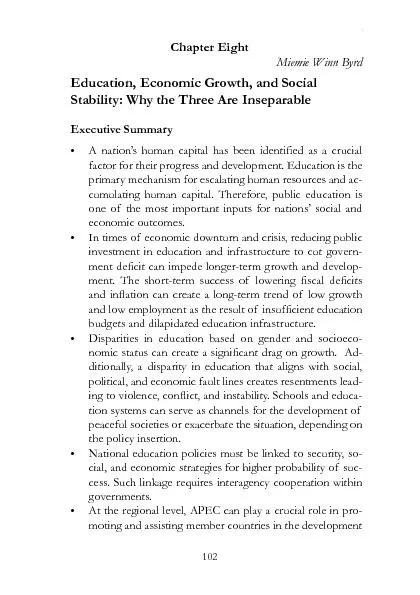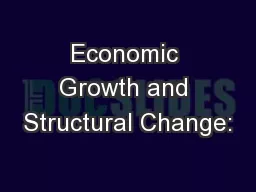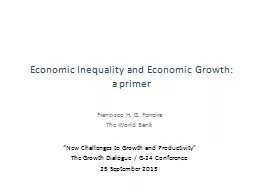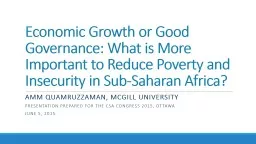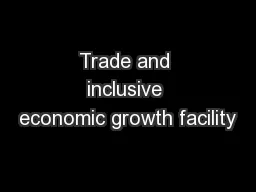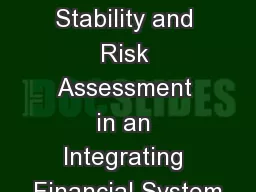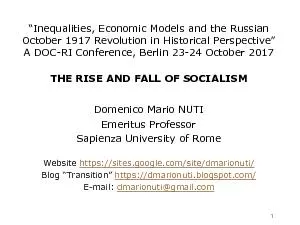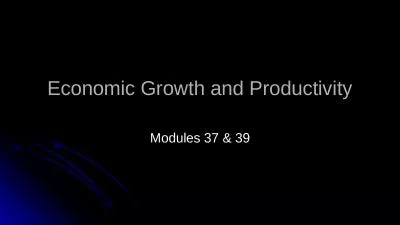PDF-Miemie Winn ByrdEducation, Economic Growth, and Social Stability: Why
Author : ellena-manuel | Published Date : 2016-06-15
Forman 102 Education Economic Growth and Social Stability of sound education policies APEC can create a platform on which best practices in e
Presentation Embed Code
Download Presentation
Download Presentation The PPT/PDF document "Miemie Winn ByrdEducation, Economic Grow..." is the property of its rightful owner. Permission is granted to download and print the materials on this website for personal, non-commercial use only, and to display it on your personal computer provided you do not modify the materials and that you retain all copyright notices contained in the materials. By downloading content from our website, you accept the terms of this agreement.
Miemie Winn ByrdEducation, Economic Growth, and Social Stability: Why: Transcript
Download Rules Of Document
"Miemie Winn ByrdEducation, Economic Growth, and Social Stability: Why"The content belongs to its owner. You may download and print it for personal use, without modification, and keep all copyright notices. By downloading, you agree to these terms.
Related Documents

